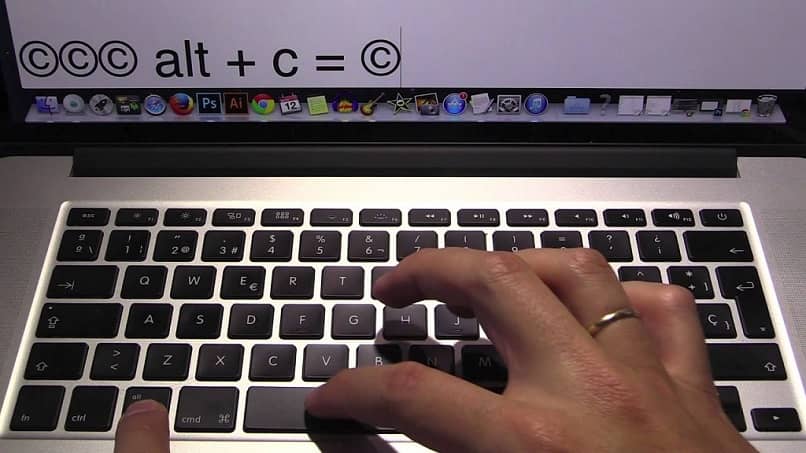
The 'Photos' app is a fork of Shotwell and is really quite a good alternative to Apple Photos. Elementary really is very stable, and has a nice experience. Use 'Etcher' on mac to burn their ISO to a thumbdrive and you are off to the races. For good stability, nice mac like interface try Elementary OS. I just did a search and found a 48 for between $50-$60įor a nice zippy experience, i have been experimenting with Linux distros recently. If you see one with two DVI that's not an Apple one. Go to Ebay and look for ones that have one DVI and one mini Displayport.


I bought one and it was aftermarket which won't do the trick for you. You have to take care to find an REAL official Apple one. Even if it has a bad fan (they often get gunked up and sounds scratchy), you can just run both in parallel and use the 580 for linux, 4870 just to get access to the boot screen as the default OSX card. One thing you can do is buy a well used ATI 4870 or 5870 from ebay for $100 or even less. I don't know if this ability got removed with that upgrade to a 'metal' card like the 580, but may be worth a try? Otherwise you have your unfortunate answer.Īnother trick may be to try installing Refind. If you eventually get a screen asking you which disk to boot from, you have success. Depending on your distro, you may need to run a lengthy command.Reboot, then hold down Alt key almost immediately. Follow the installation instructions to download the correct dependencies for your Linux distro from the Darling Install page. So, if you worry about remote executables corrupting your system, you might want to avoid a package of this size. It’s essentially duplicating the functionality of the macOS operating system. It also contains an enormous amount of code, requiring about 12 gigabytes of disk space after building. Basically, you can run a macOS shell in Terminal reliably and may or may not be able to run other apps effectively. While GUI app support is a goal for the project, the feature hasn’t yet been implemented. Because macOS and Linux both share the same UNIX-style base, Darling is less resource-intensive than WINE, producing better results in more circumstances.įor the time being, Darling can only work with very simple GUI apps and several command-line apps. Darling tries to accomplish the same goal between macOS and Linux. This works like WINE, which creates a Windows-to-Linux translation environment that allows you to run some Windows applications on Linux systems. You can also run a translation layer called Darling. Using the Darling Translation Layer (CLI Only) For machines with the technical specs, virtualizing an operating systems through a VirtualBox virtual machine is the best option.


Virtualizing a desktop like this does require significant RAM, so it may not run smoothly on low-resource devices.


 0 kommentar(er)
0 kommentar(er)
